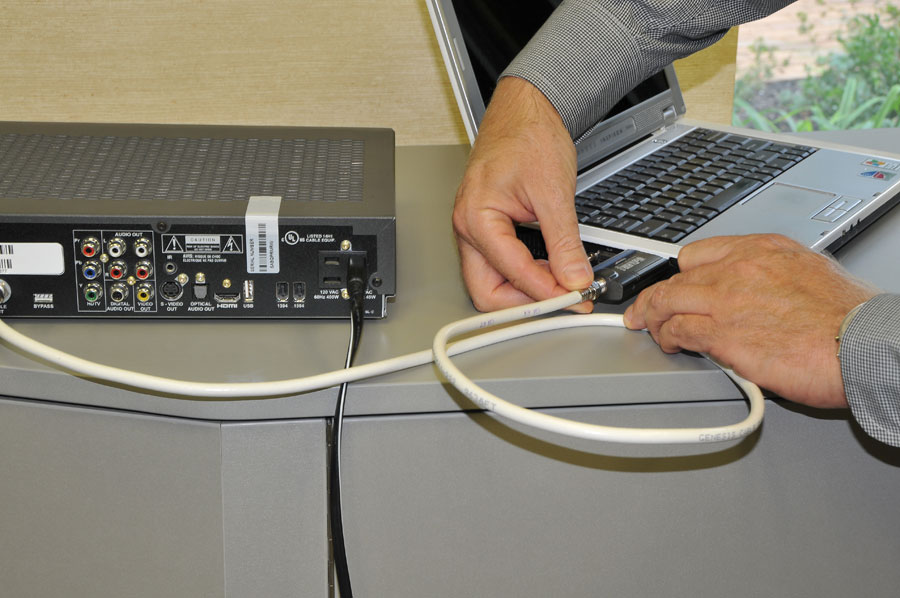

Because of the extreme cost of mounting these arrays of LEDs, cheaper TVs usually use Edge-Lit LED screens over Direct or Full-Array LED screens. LED TVs are also more power efficient and capable of a wider colour gamut than CCFL sets. This enables localised dimming – meaning immediately adjacent areas of brightness and darkness can be displayed more effectively – and greatly improves contrast. These displays are backlit by an array of LEDs (light emitting diodes) directly behind the screen. Each technology has its own unique strengths and weaknesses so here are some basics to consider: There are a lot of different screen types out there, all working in different ways to produce the same results. So which one is right for you, your family and your living space? In this guide, we'll walk you through everything you need to know about buying a new TV. In fact, buying a new TV can be stressful even for the tech-savvy – as there are so many brands, so many features, so many screen sizes, colors, technologies and flavors to choose from. What TV technology is best? Which is the best LCD TV? Which screen size is best for your living room? What's the difference between LCD and LED TVs?
#950q tv tuner for pc best buy full#
Read the full review: Samsung Q80T QLED TV If you want more of a saving, too, the Q70R QLED is this TV's predecessor, and will cost you a good few hundred dollars less than the new Q80T model (yes, it's the some product line, and yes, the naming is confusing).

However, you'll still get Samsung's latest Quantum 4K processor, vivid HDR colors, and advanced smart TV features through the Tizen OS. It also isn't quite as stylish as the zero-bezel Q950TS, with a thick body compared to other QLEDs in this year's range. The Q80T is the cheapest 2020 Samsung TV to come with a full-array backlight, meaning you'll get consistent brightness, though not some of the premium qualities of higher-end sets – hence why it lands lower on this list than last year's Q90 QLED. The most notable feature is the incredibly low input lag, making the Q80T a great choice for gamers who want responsive gameplay, but the QLED screen will also make general watching a pleasure all around. New for 2020, the Samsung Q80T QLED builds on the successes of previous models for a brilliant HDR TV definitely worth checking out. You won't get HDR10+ here, sadly, and UK viewers will have to go without all of their fave catch-up apps, but make no mistake – this is the best OLED TV for you in 2020. LG is really looking to entice gamers with its 2020 range, too, with rock-bottom input lag, support for Nvidia G-Sync, and compatibility with 4K/120HZ gameplay for next-gen consoles. With a slimline design and support for Dolby Vision and Atmos – along with bellowing built-in audio – it's a fantastic choice at any size.

With a new 48-inch OLED TV size now available too, the CX is an even more flexible proposition for a wider variety of wallets and homes. But by continuing the same mesmerizing picture quality and standout webOS smart platform, with a few modern-day updates like HDMI 2.1 and an a9 Gen 3 processor, it's managed to outdo its predecessor. Iterating on last year's LG C9 Series, the LG CX might not seem all that different – and it isn't. The LG CX OLED is certainly the best OLED TV for 2020, and fully deserves to scrape the top of this list to the best TVs available today. Read the full review: Samsung Q90R QLED TV However in all other respects the Samsung Q90 is an absolutely stellar new Samsung TV that takes QLED to another level. In fact our only real criticism would be that, unlike some of the competition, the Q90 doesn’t support Dolby Vision. It can also surpass any OLED when it comes to HDR, with images that are often breathtaking in their detail and dynamic range. The Q90 is able to deliver images that can directly compete with an OLED, with natural colors, bright highlights, deep blacks, and well defined shadows. To that end, the new Ultra Black Elite filter is nothing short of a revelation, rejecting ambient light in a way that just staggers belief. The new model has a visibly superior viewing angle that holds its own against an OLED TV, and the local dimming delivers deep blacks without losing shadow detail. Samsung has clearly taken these criticisms to heart, and directly addressed them in the Q90. However it wasn’t perfect and there were legitimate complaints about viewing angles and an over-aggressive local dimming system that crushed detail just above black.


 0 kommentar(er)
0 kommentar(er)
